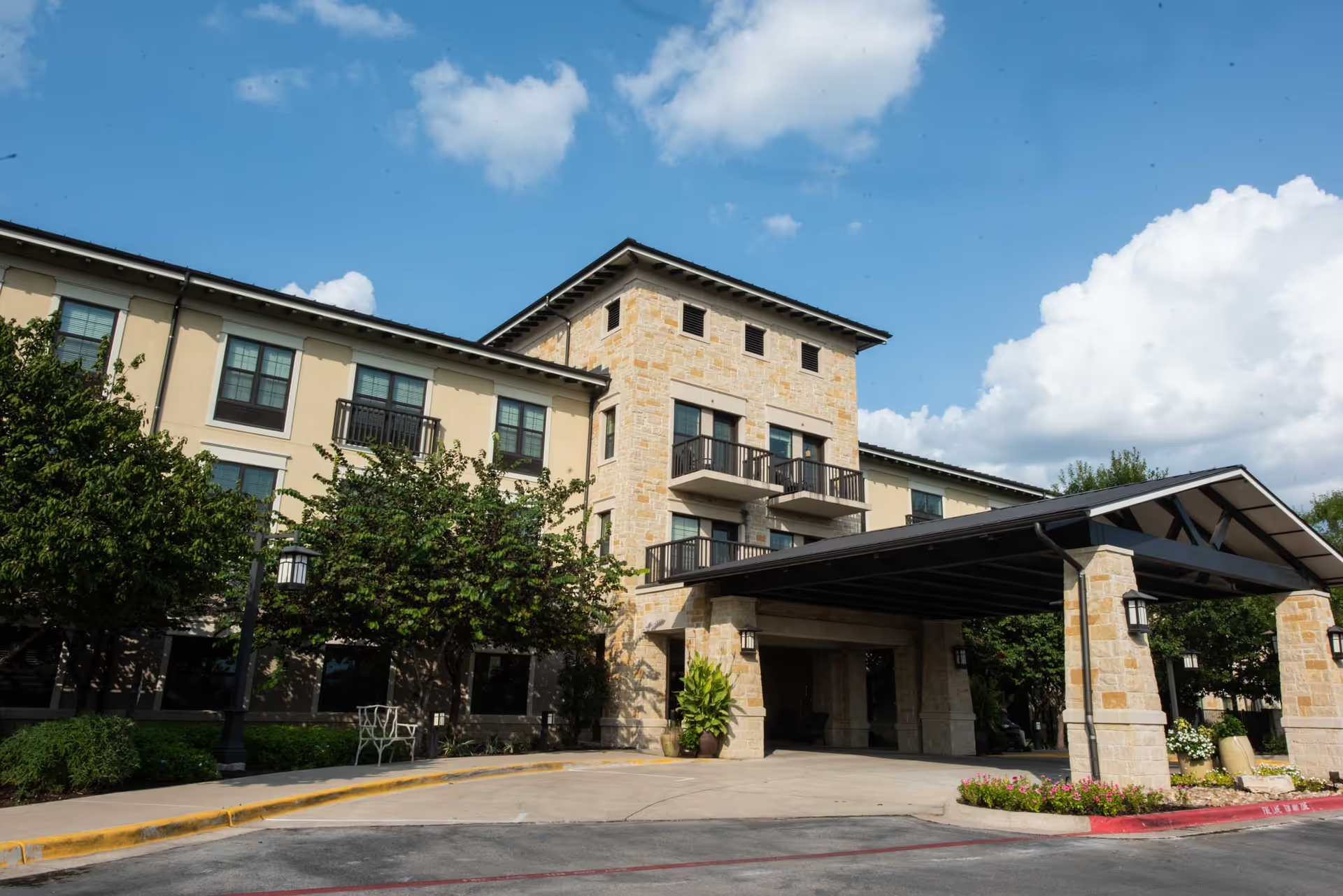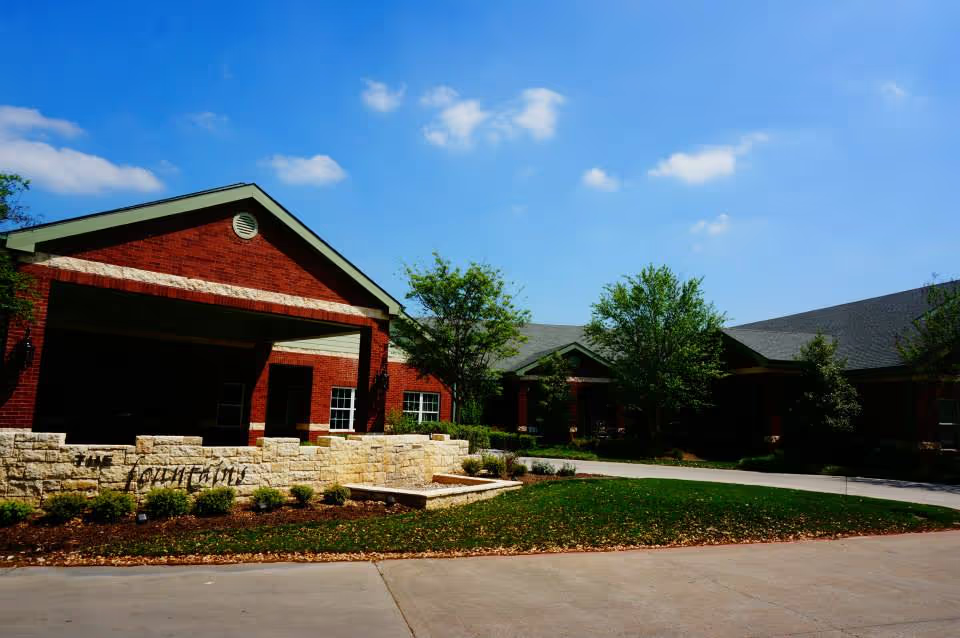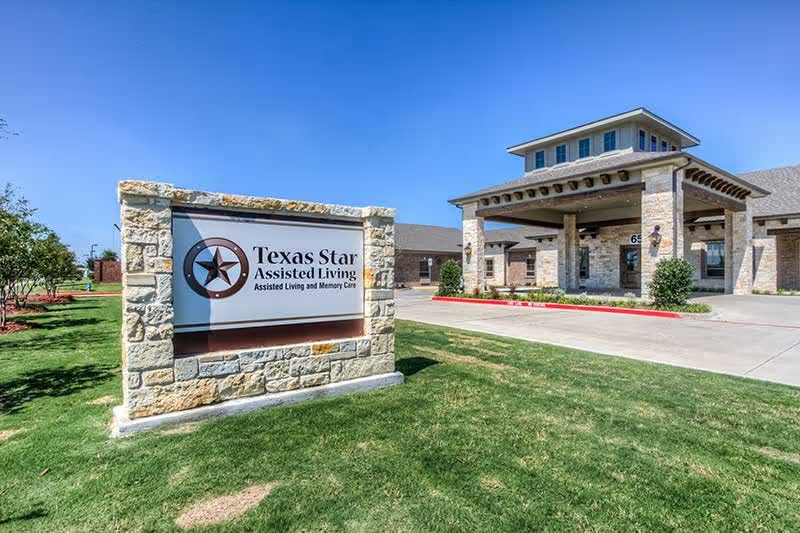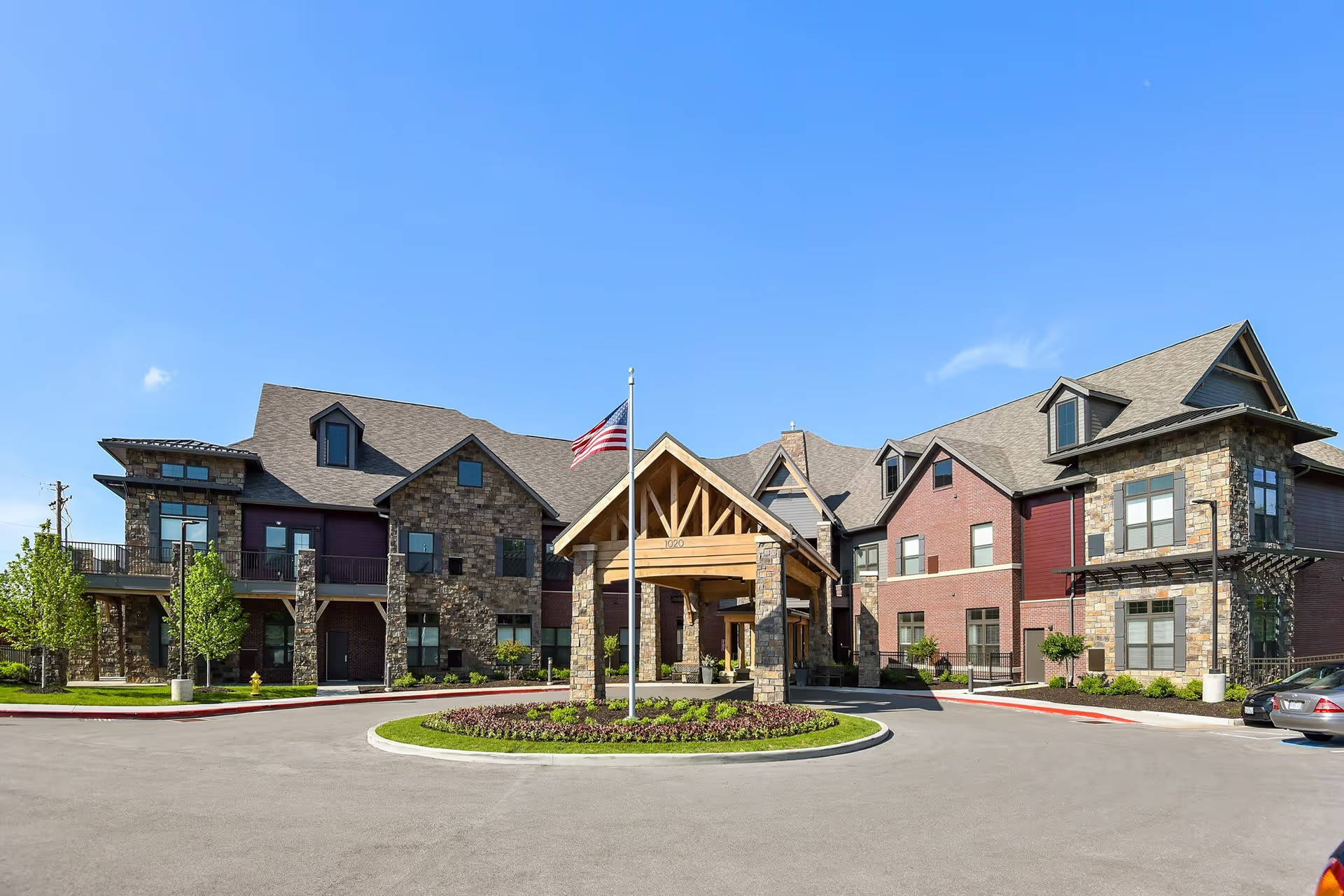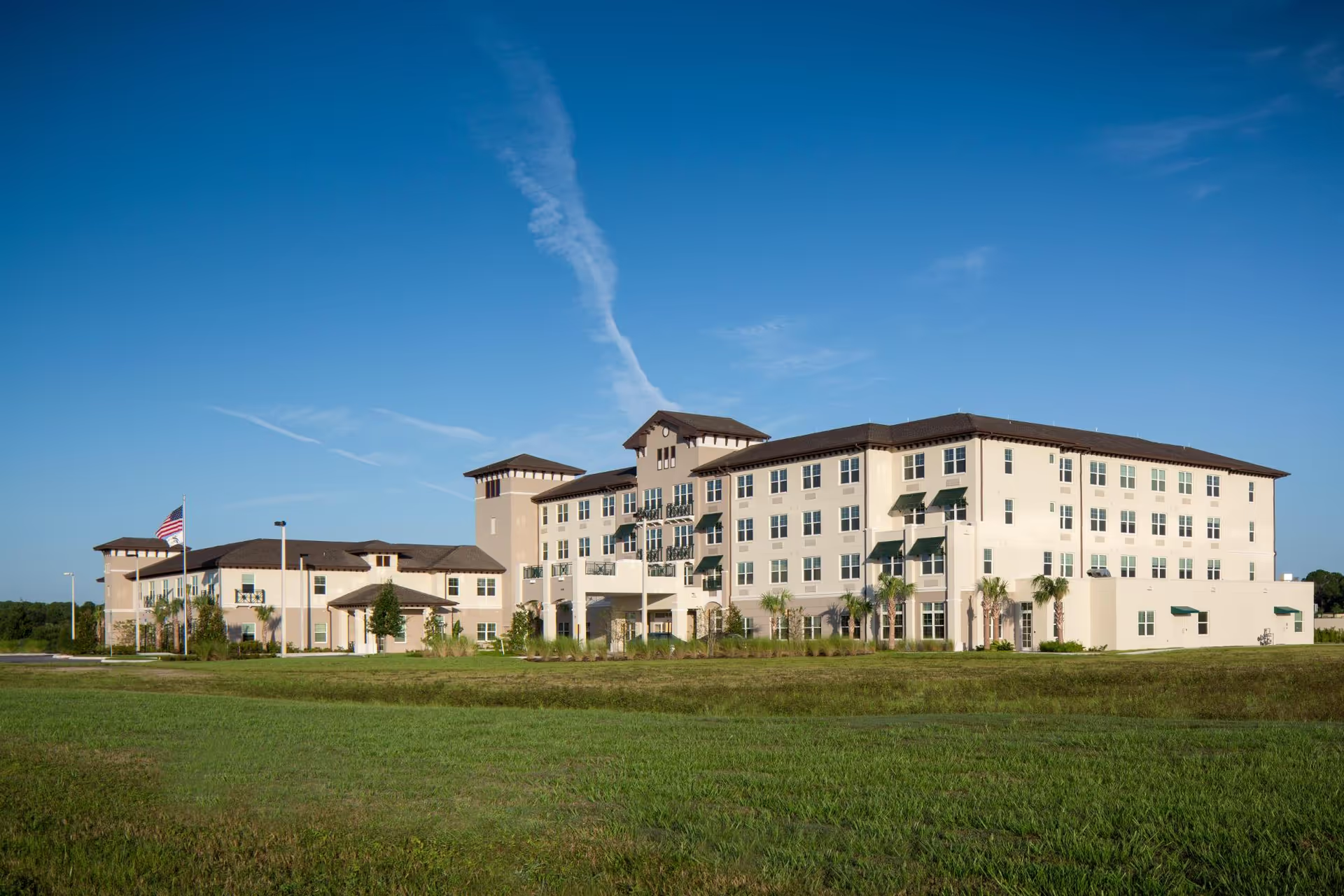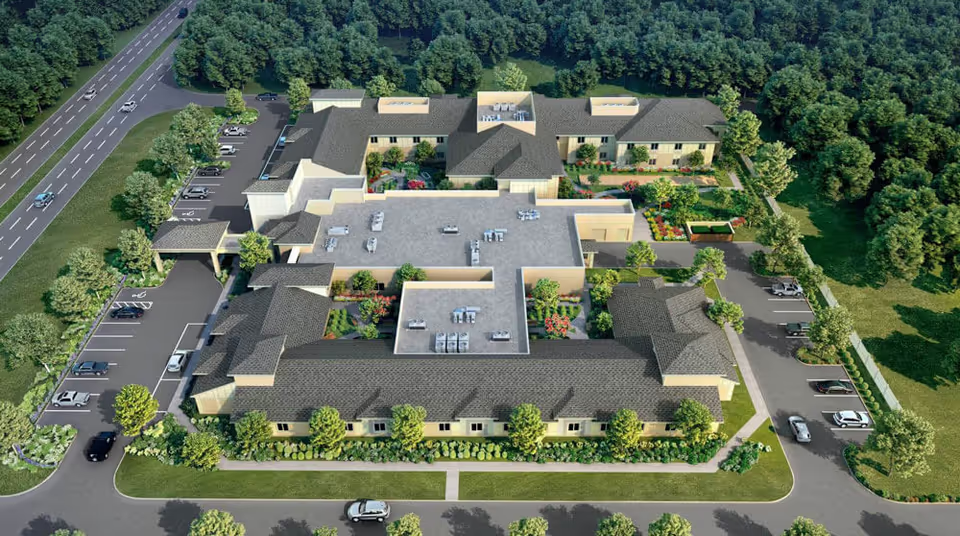Overall sentiment about Fort Bend Healthcare Center is mixed but centers on two strong, contrasting themes: a core of genuinely caring staff and an active, clean facility that provides meaningful daily activities for many residents; and a set of serious, though less frequent, complaints about inconsistent medical care and neglect that raise safety concerns for some families.
Care quality: Many reviews praise individualized attention from certain clinical staff — notably a head nurse and a physical therapist — and describe residents receiving good daily care, personalized meals, and a sense of safety. Several families indicate long-term placement worked well and residents felt at home. However, there are also severe negative reports: at least one family described an emergency situation where clinical signs (very low blood pressure, inability to register oxygen saturation, resident cold and unable to communicate) were not acted on and the family felt compelled to call 911. Other comments describe hygiene neglect (residents not being changed), discharge decisions made by families after dissatisfaction, and explicit statements from reviewers that the facility felt like an end-of-life placement rather than a rehabilitative setting. These contrasting reports point to inconsistent clinical practice — strong care provided in many cases, but intermittent, serious lapses in attention and responsiveness.
Staff and management: Most reviewers highlight friendly, compassionate, and helpful staff, and several specifically note management and caregivers who "go the extra mile," offering immediate and thorough communication in positive cases. Recreational and support staff are credited with running a robust calendar of activities and events. At the same time, multiple comments indicate staff are busy and overextended; that workload appears to be a contributing factor in attentiveness and hygiene concerns for some residents. There are also reports of staff behavior problems (yelling or shaming residents) which contrast sharply with other reviewers' descriptions of affectionate and loving caregiver interactions. This suggests variability in staff behavior and potential staffing or training gaps that affect resident experience.
Facilities and rooms: Reviews consistently describe the facility as clean and often homelike, with outdoor patios and pleasant common areas. Activities areas and holiday decorations were noted positively. Room-specific feedback is more mixed: some find rooms small and shared, and several mention the building is older or the exterior is not impressive. Conversely, a number of reviewers call the building beautiful and praise the location. The net impression is a generally clean, well-kept interior with limited private room space and an older physical plant in at least some areas.
Activities and dining: Activity programming is a clear strength — reviewers repeatedly cite weekly bingo, arts and crafts, karaoke/music, monthly birthday celebrations and happy hours, special events like carnivals and Christmas meals, outings, and even jewelry-making projects. Food and dining are described positively by several families: personalized meals, daily snacks and treats, and staff attention to resident preferences are noted. These offerings contribute to residents feeling engaged and comfortable.
Rehab services and financial considerations: Some reviewers question the facility’s suitability as a rehabilitation center, with at least one explicit claim that it is "not a rehab" and other notes that imply hesitation about rehabilitative outcomes. Positive clinical interactions (e.g., with the physical therapist) do exist, but potential residents and families should clarify rehab goals and staff expertise before admission. Regarding costs, reviews note Medicare typically covers 90–100 days, but families should be aware of potential out-of-pocket costs if Medicare coverage ends. The facility does provide assistance with Medicaid paperwork, which may help families transitioning to longer-term coverage.
Patterns and recommendations: The dominant pattern is one of polarized experiences — many families report clean facilities, compassionate staff, active programming, and good communication, while a smaller but significant number report serious lapses in medical attention, hygiene, and respectful treatment. These negative reports include emergency-level concerns that warrant caution. Prospective residents and families should: (1) tour multiple times to inspect rooms (especially if private space is needed), (2) ask detailed questions about staffing levels, emergency protocols, and how clinical deterioration is escalated, (3) confirm rehabilitation services and expected therapy intensity if rehab is the goal, and (4) clarify financial coverage timelines and transition assistance to Medicaid if needed. Checking recent state inspection reports and speaking with current families about recent experiences may help assess whether the positive practices or the concerning lapses are more representative of current operations.
